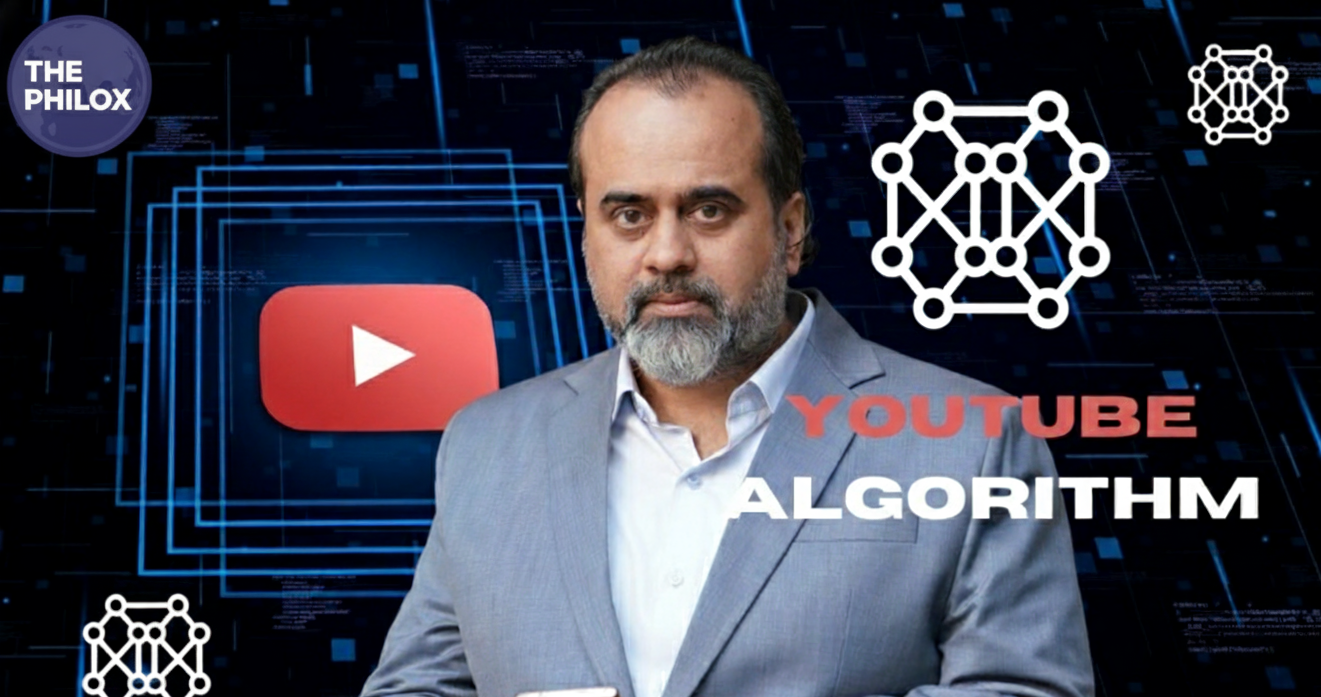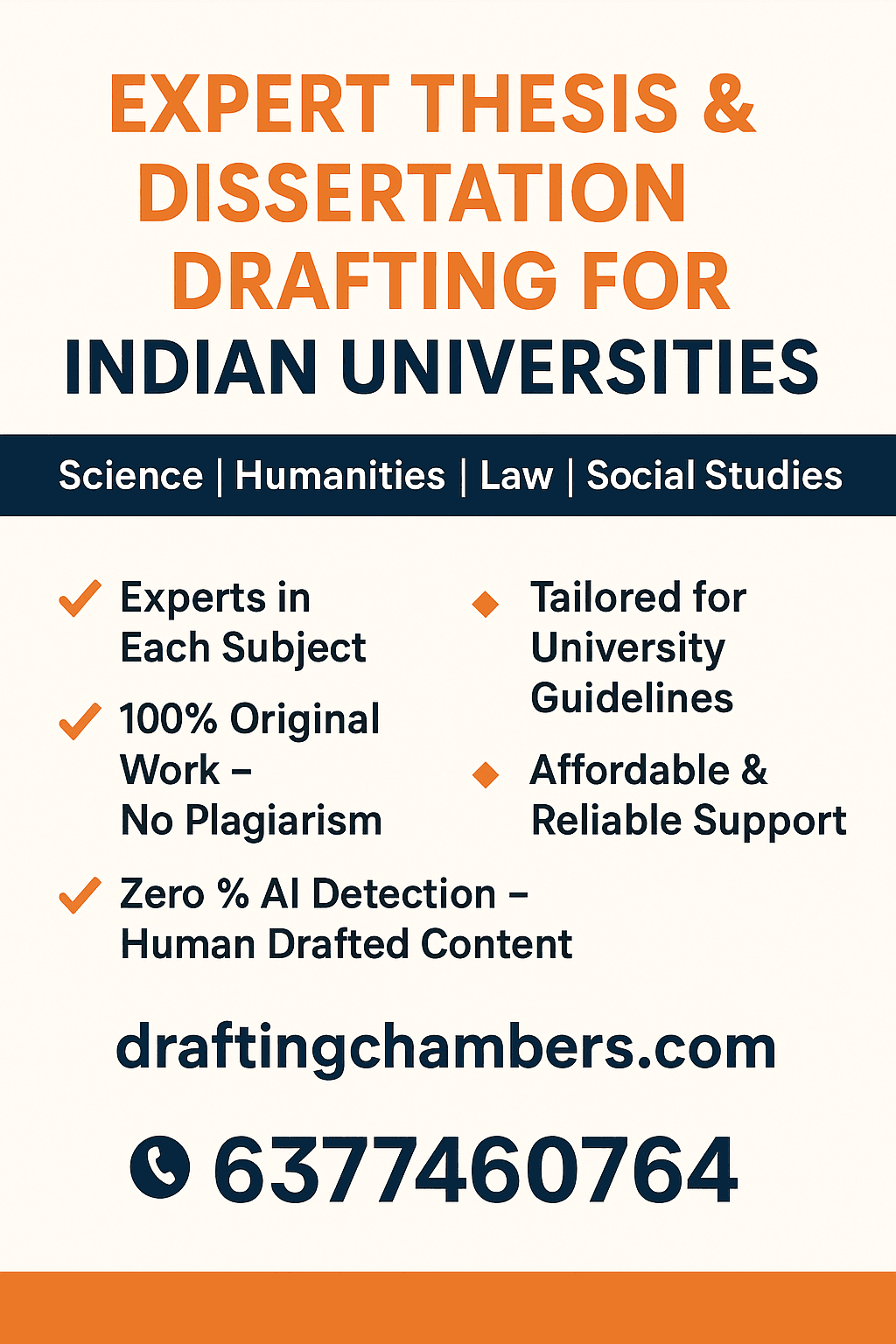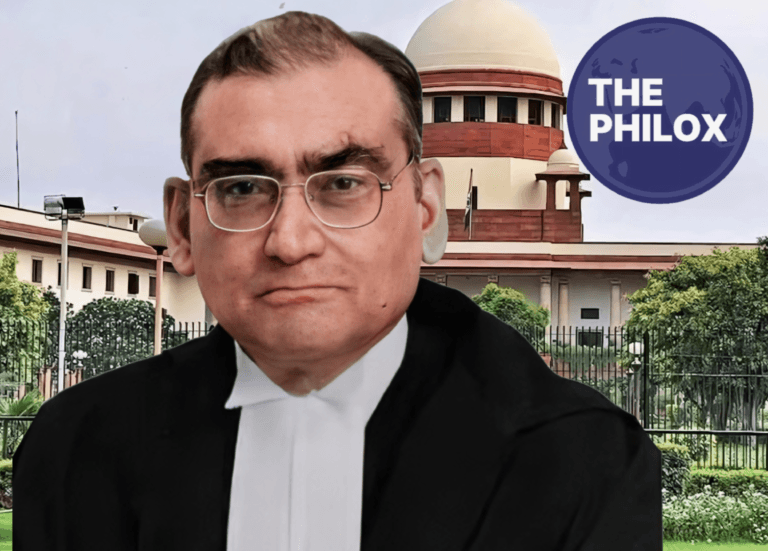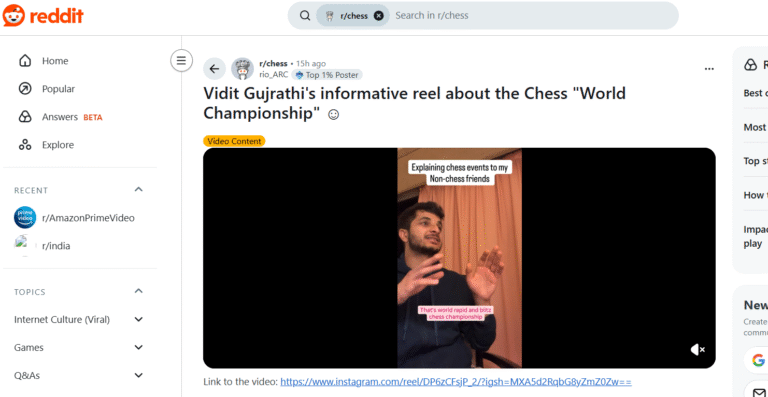
Acharya Prashant Youtube Algorithm
One of the most peculiar and potent voices in the Indian public life nowadays is that of Acharya Prashant. He preaches Vedanta and practical self-inquiry, he criticizes consumerism, he challenges people to pose tough questions of what they actually need. It is precisely that lack of flattery of the market and of pointing out the harm caused by mindless purchasing and by the corporate behavior that is harmful to nature that makes his work valuable. His speeches make people think, take their time, and take other decisions. Such transformation is something to be valued and preserved.
Acharya Prashant is one of the most intellectual spiritual instructors in India. He discusses actual problems, such as the environment, excessive buying, blindly following fads, inner harmony that comes with self-awareness. Contrary to the behavior of most YouTubers who attempt to make the audience like them, Acharya Prashant gives people the challenge of thinking and making responsible decisions. He does not deal in dreams or entertainment. His questions are also hard like, do we need this thing we are purchasing, are we just purchasing it to make a statement? His slogan is short yet effective, less but more and take care of nature. This is what the contemporary society does not wish to hear particularly in a consumerism and advertisement driven world.
59 million subscribers, but low views — why?
Acharya Prashant has 59 million subscribers on YouTube, which makes him India’s biggest individual YouTuber in terms of followers. Yet, if you look at the views on his recent videos, they often get only a few thousand or a few tens of thousands of views — for example:
“प्राणायाम || Acharya Prashant” – around 13K views
“शगुन का लिफाफा || Acharya Prashant” – around 31K views
“मन क्या है?” – around 32K views
“प्रेम जानते हो?” – around 40K views
For someone with 59 million subscribers, these numbers are shockingly low. This raises a serious question — why does YouTube’s algorithm not promote his videos fairly?
The uncomfortable truth: he challenges the system
Acharya Prashant repeats several times asking himself the question: do we really need this? than to buy, about a social pressure to buy things to be considered cool or stylish, and the role of corporate activities in destroying the environment. They are ethical, cultural, and ecological, but also directly economical to an ad-supported platform in that, should audiences listen and shift shopping behaviour, they might not click more shopping ads, watch more videos featuring brand promotion, or be less apt to follow trends that drive temporary engagement peaks.
In simple language, consumerism discouraging education may discourage the type of commercial interest ad-men desire. This renders such content less inherent to the incentive scheme of a system that defines success in large part by ad impressions, click-throughs and watch-time.
YouTube earns revenue in the form of adverts. The more YouTube is watched, clicked, and purchased, the more it makes. The majority of these advertisements encourage consumerism new devices, high-end goods, and fashion trends.
The teachings of Acharya Prashant directly go against this model. He advises human beings to reason before they go shopping, live a simple life and not to get into the trap of being trendy. When individuals act on what he says, they will not consume as much and this translates into less advertisement income to YouTube and the corporate advertisers.
Of course, such content is not liked by the algorithm that is created to display more advertisements and encourage consumerism. It does not move his videos to the front page and recommendations as much as it does to flashy and entertainment-based creators.
When truth becomes “unfriendly” to advertisers
Acharya Prashant also speaks strongly about climate change and corporate greed. He reveals the devastation by industries which destroy forests, rivers, and people as well as animals to make profits. He once said in a talk,
Talk about climate change and you will transform the minister. Should it be discussed in a news channel, you will switch channels. In case I discuss it, the algorithm might not appreciate it.
This quote best describes his case. When the individual starts talking against the system that makes profit off of the destruction of the planet, they are inconvenient. Such voices will not be natural favourers of the algorithm, which is directed by the same influential forces.
The bias of the algorithm
YouTube markets its algorithm as neutral i.e. as the ability to display to viewers what they like. But that’s not true. The algorithm is designed to favour content that makes profit, but not wisdom. It advertises videos that are entertaining, cool, or emotional-rousing – since they keep the viewers glued and the advertisements going.
Educational or spiritual video clips such as those of Acharya Prashant that encourage a person to think do not produce the same watch-time spikes or engagement. As a result, they get buried. The system punishes quietly the content that educates about awareness, mindfulness, or minimalism since these values are contrary to the interest of the market.
This is not an accident; it’s a design bias. When truth doesn’t sell, the algorithm hides it.
Why this bias is dangerous
Unless this prejudice is stopped, the YouTube will be the site of entertainment and consumerism, and not of awareness or wisdom. Suppose that the intelligent voices of notable people such as Acharya Prashant are lost in the noise of dance reels, tricks and shopping sprees. It is not evolution, it is digital Armageddon.
Individuals require those teachers capable of uttering unpleasant realities. Unless algorithms are redesigned to value depth rather than distraction, the entire understanding of the society is going to decline.
What makes Acharya Prashant special
All these difficulties notwithstanding, Acharya Prashant does not stop his work and is calm and courageous. His videos do not intend to go viral, but they are supposed to transform lives. He has made millions reevaluate their ways, drop greed and become more mindful.
He has created a movement of clarity and not clickbait. He has made people care about animals, live simply, and relate to the teachings of Vedanta and the Upanishads in the modern manner. YouTube analytics do not fulfill his influence.
The real solution lies with the audience
In the case the algorithm does not want to popularize truth, then the people do. Audience that appreciates the relevant content ought to share his videos, watch them to the end and comment sincerely. Such activities are an indication to the system that individuals are interested in such issues.
What is more important is that the audience should be able to sponsor his foundation and teachings directly, either visiting his sessions, purchasing his books, or donating. In such a manner, he does not depend on algorithmic bias and corporate influence.
Final thought
Acharya Prashant is not simply a YouTuber, he is a voice of sanity in a distracted world. YouTube algorithm, which has been developed to promote consumerism, might fail to comprehend that. But to the conscious spectators we can.
He is not damaging the economy when he says, Ask what you really need before buying, he is saving the planet. His criticism of corporate greed is not a negative message but is indeed a true word.
It is not his message Acharya Prashant is trying to convey; it is a system that is scared of knowing. And until the algorithms are used to prioritize profit, as well as the truth, teachers such as Acharya Prashant will be undervalued – not due to a lack of affection by people, but by the system.








